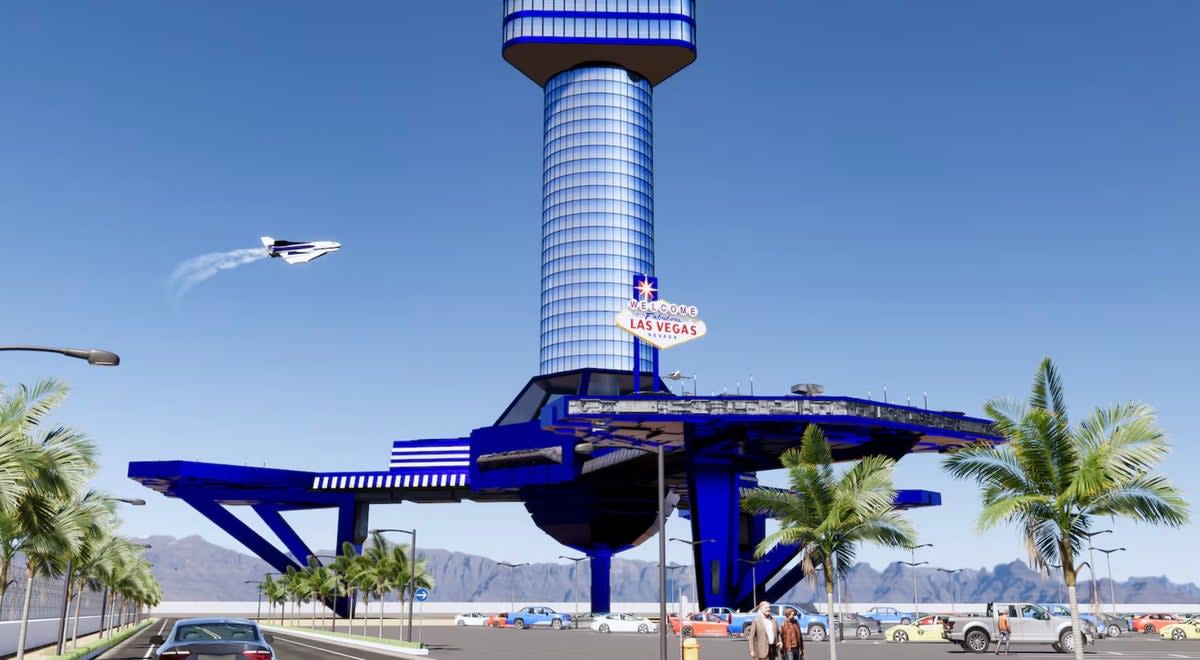Las Vegas ‘spaceport’ gets FAA approval - here is what will soon be landing at The Strip

The development of a commercial spaceport near Las Vegas is another step closer to liftoff after it was approved by federal regulators.
The proposed port will be located on 240 acres of rural land outside the city and will be around 15 minutes from the city’s famed Strip by helicopter and 45 minutes by car
Robert Lauer, the CEO of Spaceport, said that the Federal Aviation Administration’s approval of the project, which would be located near the town of Pahrump, was a “monumental step”. According to Fox 5, the Clark County Commission approved the construction permits in May.
“We are energized by the support we’ve received and are eager to continue this journey,” Lauer said in a statement. “This is a major step toward creating a space economy that will lead to thousands of high-paying jobs in our community, our county, and our state.”
Officials are scheduled to hold a ceremony for the project within the next three months. Construction will begin in six months.
Once constructed, the project will hold several space planes and will have hangar space for other space vehicles, the company’s SEC filing stated, according to the outlet.
Space Perspective, a travel company, is already selling rides on their 10-person capsule. The company has sold 1,250 at $125,000 each. Spaceport officials claim they can conduct 15 flights a month with six passengers per flight.

The project will also include a space pilot school, STEM academy, hotel, restaurant, rooftop observation deck, and research and development company.
The port has a fundraising goal of $30m. So far, officials have only been able to raise $10m for the initiative. Overall, the port is expected to cost at least $310 million.


